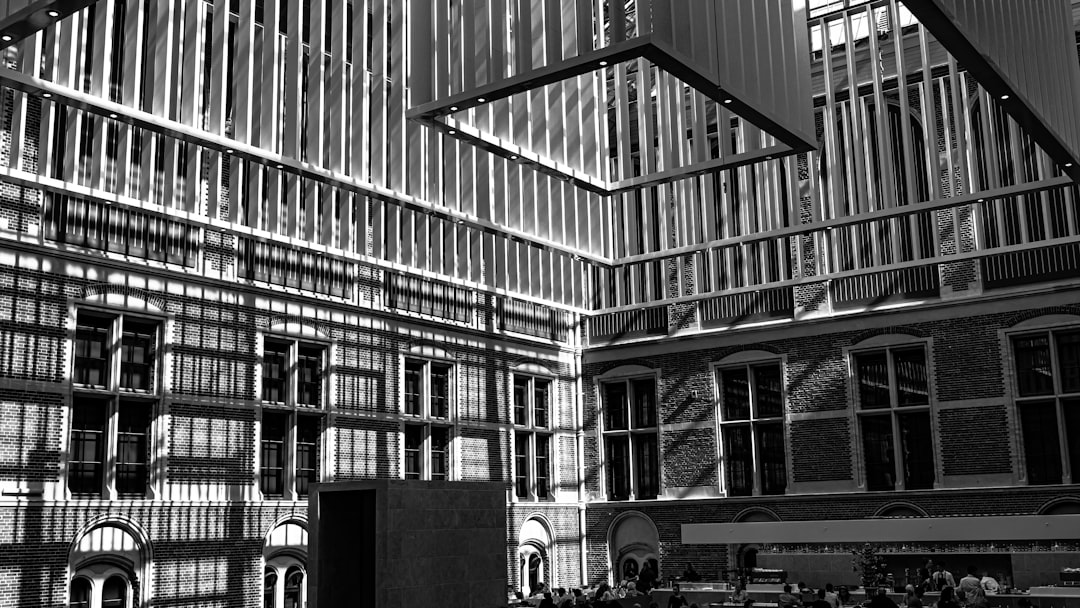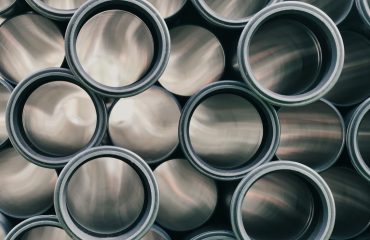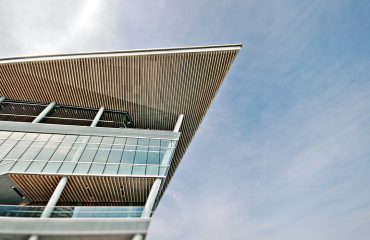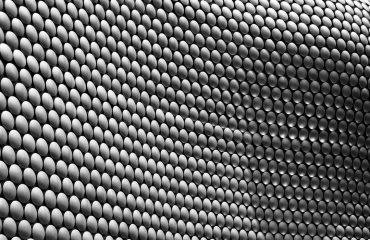Multi-story steel buildings are rapidly becoming the preferred choice for a wide range of applications, from commercial complexes and residential high-rises to industrial facilities and educational institutions. Their versatility, strength, and efficiency offer significant advantages over traditional construction methods. This guide delves into the key aspects of designing, constructing, and maintaining these modern marvels.
1. The Unmatched Strength and Design Flexibility of Steel
Steel’s inherent strength-to-weight ratio is a game-changer in multi-story construction. It allows for taller, lighter structures with larger, unobstructed floor plans. Unlike concrete, steel can be easily fabricated into complex shapes, enabling architects to realize ambitious and innovative designs. This flexibility extends to incorporating sustainable features like green roofs and solar panels, seamlessly integrating them into the building’s structure. Furthermore, steel’s resilience makes it ideal for regions prone to earthquakes and high winds, offering superior protection against seismic activity and extreme weather conditions. The ability to prefabricate components off-site further enhances efficiency and reduces on-site construction time, minimizing disruption and accelerating project completion.
2. Optimizing Cost-Effectiveness in Multi-Story Steel Construction
While the initial investment in steel might seem higher than some materials, the long-term cost-effectiveness is undeniable. The speed of construction significantly reduces labor costs and project timelines. Steel’s durability minimizes maintenance expenses over the building’s lifespan, reducing the need for frequent repairs and replacements. Prefabrication contributes to cost savings by minimizing waste and improving precision. Furthermore, the adaptability of steel allows for easier modifications and expansions in the future, avoiding costly demolition and reconstruction. The potential for incorporating sustainable design elements can also lead to long-term cost savings through reduced energy consumption and lower utility bills.
3. Sustainability and Environmental Considerations in Steel Building Construction
Steel is a highly recyclable material, making it a responsible choice for environmentally conscious construction. The industry is continuously working towards reducing its carbon footprint through innovations in steel production and increased recycling rates. Multi-story steel buildings can be designed to incorporate various sustainable features, including energy-efficient glazing, green roofs, and rainwater harvesting systems. The precise fabrication techniques minimize material waste, further contributing to environmental sustainability. The long lifespan of steel buildings also reduces the need for frequent replacements, minimizing the overall environmental impact over time. Furthermore, the use of recycled steel in construction contributes to a circular economy, reducing the demand for virgin materials.
4. Navigating the Construction Process: From Design to Completion
The construction process for multi-story steel buildings involves several key stages. It begins with detailed architectural and structural design, incorporating sophisticated software for precise calculations and simulations. This is followed by fabrication of steel components in a controlled factory environment, ensuring accuracy and quality control. On-site construction involves the erection of the steel frame, followed by the installation of other building systems, such as mechanical, electrical, and plumbing (MEP). Rigorous quality control measures are implemented throughout the process to ensure compliance with safety standards and building codes. Experienced project managers and skilled construction crews are essential for efficient and safe completion of the project.
5. Future Trends in Multi-Story Steel Building Solutions
The future of multi-story steel construction is marked by innovation and sustainability. Advanced materials like high-strength steel are enabling taller and more slender structures. The integration of smart building technologies is becoming increasingly prevalent, enhancing energy efficiency, security, and occupant comfort. Modular construction techniques are gaining traction, offering faster construction times and reduced on-site disruptions. The use of Building Information Modeling (BIM) is streamlining the design and construction process, improving collaboration and reducing errors. Furthermore, research into sustainable steel production methods is paving the way for even greener and more environmentally friendly multi-story steel buildings.
Multi-story steel building solutions offer a powerful combination of strength, flexibility, cost-effectiveness, and sustainability. By understanding the key aspects of design, construction, and future trends, developers and architects can leverage the full potential of steel to create innovative and efficient high-rise structures.
SEO Tags:
- Multi-story steel buildings
- Steel construction
- High-rise steel structures
- Sustainable steel buildings
- Cost-effective construction




